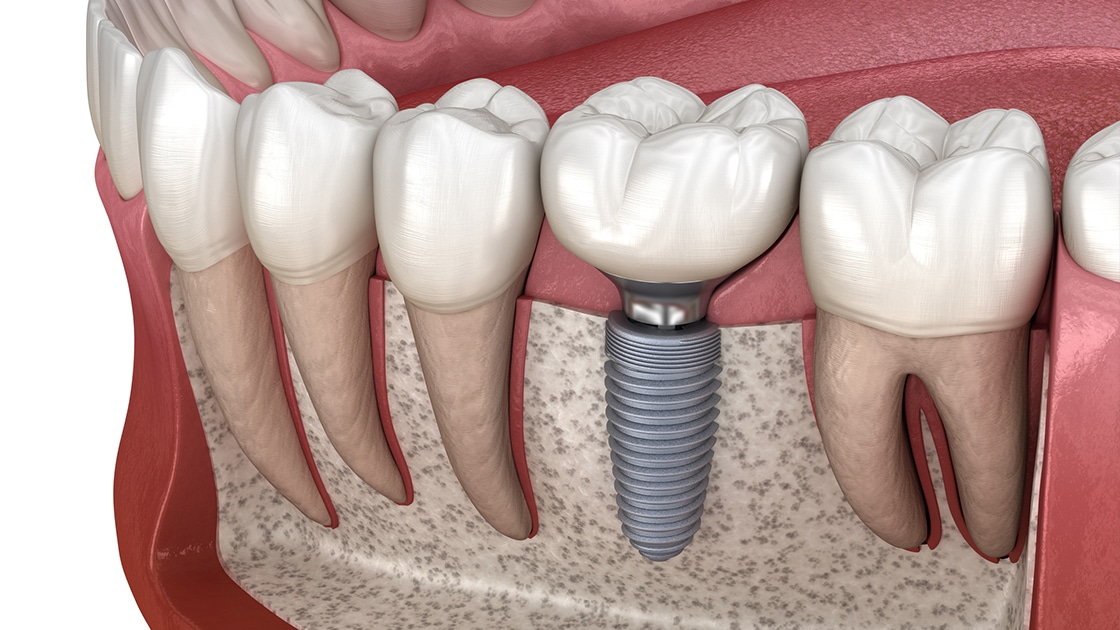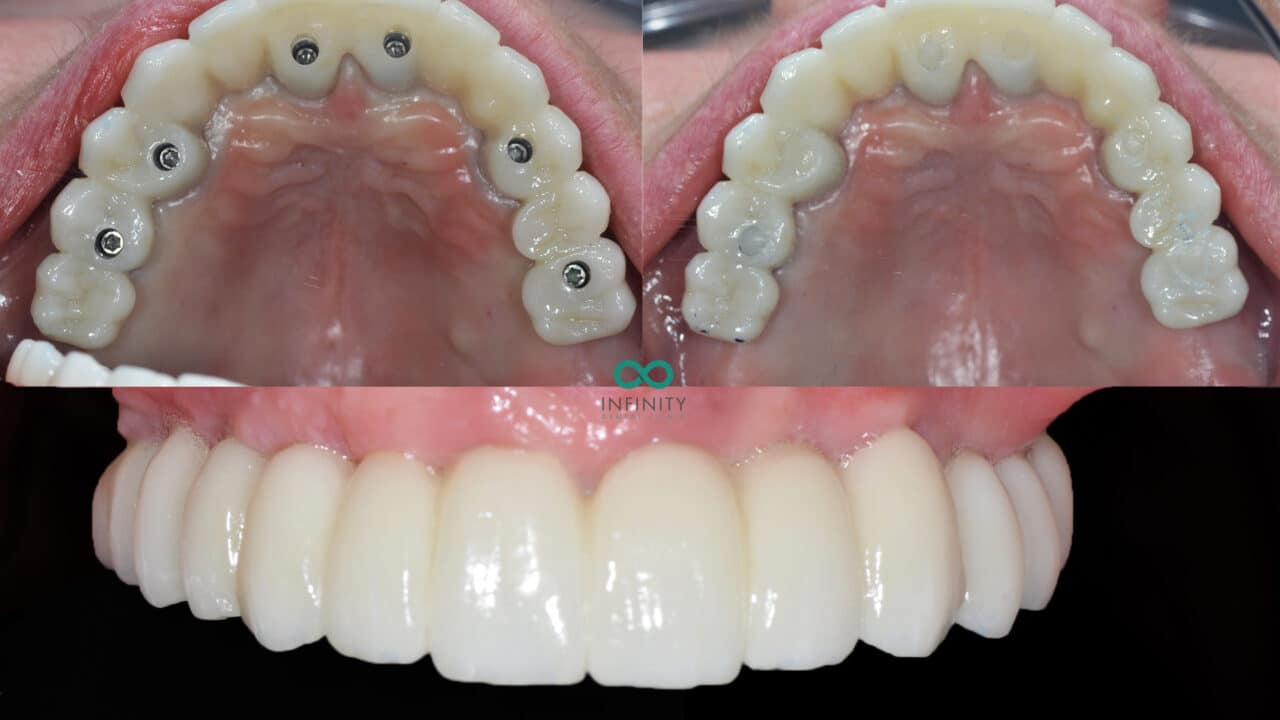Not known Details About Dental Sense
Not known Details About Dental Sense
Blog Article
Little Known Questions About Dental Sense.
Table of ContentsThings about Dental Sense7 Easy Facts About Dental Sense DescribedExamine This Report about Dental SenseThe Single Strategy To Use For Dental Sense
are clinical tools surgically dental implanted into the jaw to restore a person's ability to chew or their appearance. They supply support for fabricated (fake) teeth, such as crowns, bridges, or dentures. When a tooth is shed due to injury or condition, an individual can experience complications such as rapid bone loss, defective speech, or adjustments to chewing patterns that lead to discomfort.Oral implant systems are composed of a dental implant body and oral implant joint and might likewise consist of an abutment addiction screw. Same day dental implants. The dental implant body is operatively placed in the jawbone in place of the tooth's origin. The oral implant abutment is typically affixed to the implant body by the abutment fixation screw and expands through periodontals into the mouth to support the attached fabricated teeth
(https://www.ted.com/profiles/48604569/about)Structure of The Oral Implant System picking dental implants, talk with your oral copyright about the potential benefits and risks, and whether you are a prospect for the procedure. Points to take into consideration: Your overall wellness is a vital consider establishing whether you are a great prospect for oral implants, just how long it will certainly take to recover, and how much time the implant may remain in area.
Smoking may influence the healing process and decrease the lasting success of the implant. The recovery process for the dental implant body might take several months or longer, throughout which time you normally have a momentary joint in place of the tooth. the dental implant treatment: Meticulously adhere to the oral hygiene guidelines offered to you by your dental copyright.
Fascination About Dental Sense
Implant failure can cause the need for one more procedure to deal with or replace the dental implant system. Brings back the capability to eat Brings back cosmetic look Assists maintain the jawbone from reducing because of bone loss Preserves the health and wellness of the surrounding bone and gum tissues Helps maintain adjacent (nearby) teeth secure Boosts lifestyle Damages to surrounding all-natural teeth during implant placement Injury to the surrounding tissues during surgical treatment, such as sinus perforation Injury throughout surgical procedure (as an example, fracture of bordering jawbone) Insufficient feature, such as really feeling like the teeth do not bite with each other normally An experience that the tooth hangs or turning in place arising from an abutment screw loosening up Implant body failure (looseness of the dental implant body) as a result of systemic infection, which may be most likely in clients with unrestrained diabetics issues as a result of regional infection in bone and periodontals sustaining the implant body due to postponed healing, which might be most likely in individuals who smoke Problem cleaning the gum tissues around the implant, leading to inadequate dental hygiene Unattended periodontal disease Post-surgical pins and needles because of nerve impingement or damage Always inform healthcare providers and imaging technicians that you have dental implants prior to any type of magnetic vibration imaging (MRI) or x-ray treatments.
FDA is not knowledgeable about any unfavorable events reported for MRI or x-ray treatments with oral implants. Dental implants systems are commonly made from materials that comply with global agreement criteria of the International Organization for Standardization (ISO) or ASTM International. These criteria have information of what makes a secure product.

A dental implant is a structure that replaces a missing out on tooth. With screw-like devices, the surgeon inserts an implant right into the jawbone, and it acts as an anchor for a fabricated tooth, called browse around this web-site a crown.
Some Ideas on Dental Sense You Should Know
Some people are not eligible for oral implant surgical treatment. It is for oral doctors to operate people with: acute illnessuncontrollable metabolic diseasebone or soft tissue disease or infectionIf these problems are dealt with, a person can have the surgical treatment. In, oral surgeons avoid operating individuals with: If individuals with any of the above go through dental implant surgical treatment, there is a greater risk of the implant falling short.

Dental dental implant surgery is an individualized process. It's not the same for every person. However the adhering to provides a basic summary of what you can anticipate your dental expert, dental doctor, periodontist or prosthodontist to do: Put the implant operatively. Give you time to heal. Attach the blog post and last crown, bridge or denture.
Next, your specialist will thoroughly position the oral implant into your jaw. If your implant is near the front of your mouth, your dentist will certainly make a short-lived tooth for you to put on till you heal.
The smart Trick of Dental Sense That Nobody is Talking About
Your service provider can tell you what to expect in your situation. During the recovery stage, your jawbone must fuse to the dental implant. This process, called osseointegration, is crucial for stability and long-term success. This procedure can take anywhere from 3 to nine months. In some situations, it may take much longer.
As soon as your dental implant heals, your dentist can attach the abutment (small port blog post) and your final reconstruction (crown, bridge or denture). This typically takes concerning one hour to complete and may need a second small surgery. You shouldn't feel any type of pain throughout your oral implant procedure due to the fact that your service provider will certainly utilize medication to numb your gum tissues.
Report this page